In 1984, Bernie Vonderschmitt, Ross Freeman, and Jim Barnett, who worked in Silicon Valley, jointly built a vision that they dreamed of creating a company that was different from the average company. They want to create a company that develops and introduces advanced technologies throughout the new area. And they also hope to lead it in this way: People who work here love their work, enjoy their work, and are fascinated with the work they do. They creatively introduced the concept of a "fabless semiconductor" company.
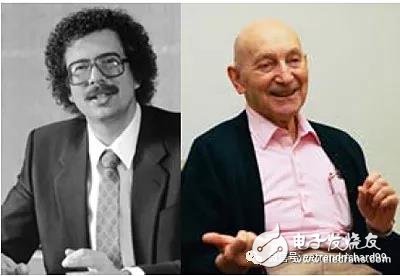
Figure 2-1 Ross Freeman (left) is the inventor of the FPGA and Bernie Vonderschmitt (right) is the founder of Xilinx
Ross Freeman, a graduate of the University of Michigan, proposed in 1984 the most radical idea in the transistor's comparable golden era - to make the chip like a blank tape that can be added to the program by an engineer, just like The portrait artist randomly graffiti on a white cloth. This idea, like another stone, sparked a wave of waves and gave birth to a multi-billion-dollar industry-programmable logic device (PLD). See, cattle people look at the IC layout this way, this is Ross Freeman checking the world's first FPGA - XC2064

Time flies, time flies, more than 30 years have passed, Ross Freeman's original programmable device empire has undergone earth-shaking changes, just like the human world, Xilinx, Xilinx or Xilinx, but the FPGA is not the original FPGA! From the initial glue logic to the embedded logic processing to the cloud computing artificial intelligence acceleration processing unit to the ACAP platform brought by the fourth Xilinx CEO Vitor Peng, the Xilinsi that keeps pace with the times has written an uncontested Constantly beyond their own inspirational story.
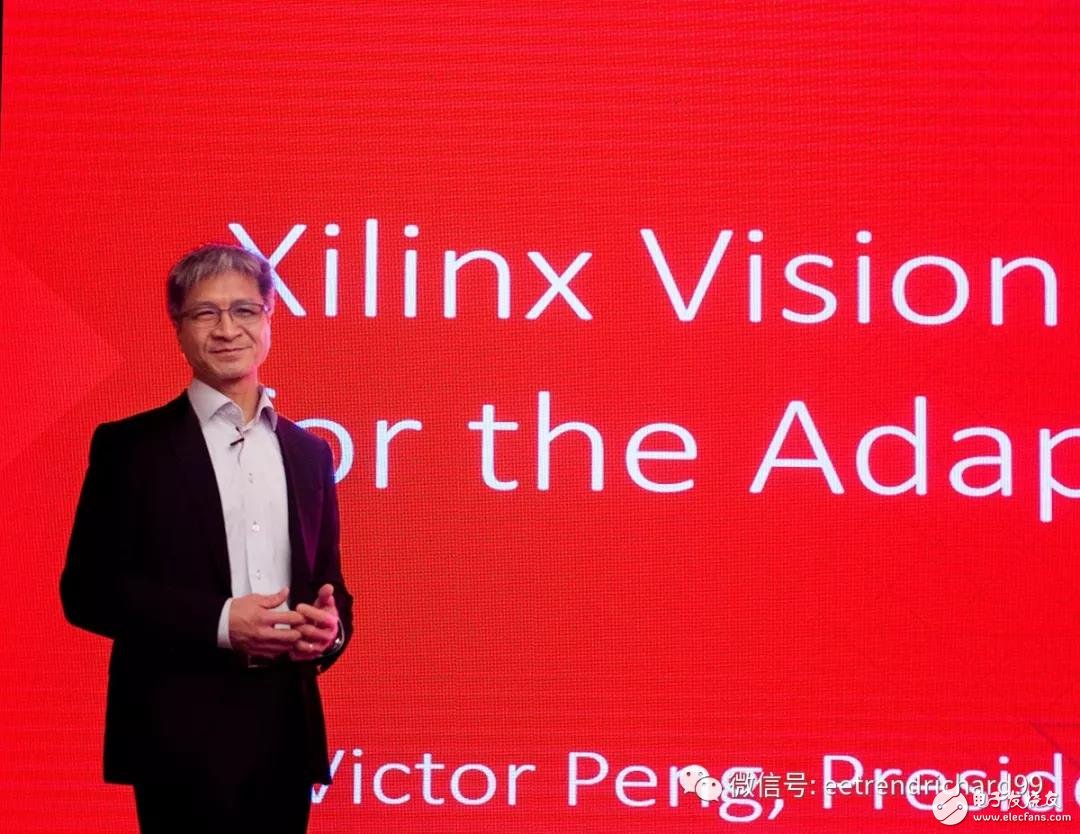
On March 16th, Vitor Peng, who had just been in office for less than two months, came to China and took his charming smile and shared his strategy for Xilin Xilinsi for the Chinese media for nearly four hours. A new product, the ACAP platform, which has a $50 billion transistor cost of $1 billion, was unveiled.
What is ACAP? Adaptive Computing Acceleration Platform (ACAP) is a breakthrough product that exceeds the capabilities of FPGAs, abbreviated as ACAP (Read A-Keeper). It is a highly integrated multi-core heterogeneous computing platform that can The requirements for various applications and workloads are flexibly modified from the hardware layer. ACAP's self-adaptive ability to dynamically adjust during operation enables performance and performance power ratios that cannot be achieved with CPUs and GPUs.†Victor pointed out , "In the era of rapid emergence of big data and artificial intelligence, ACAP is ideal for accelerating a wide range of applications, including video transcoding, databases, data compression, search, AI inference, genomics, machine vision, computing storage, and network acceleration. Hardware and software developers will be able to design ACAP-based products for end-point, edge and cloud applications. The first ACAP product line will be the "Everest" product line, which will be developed using TSMC's 7-nm process technology. The product will be streamed by the end of this year."
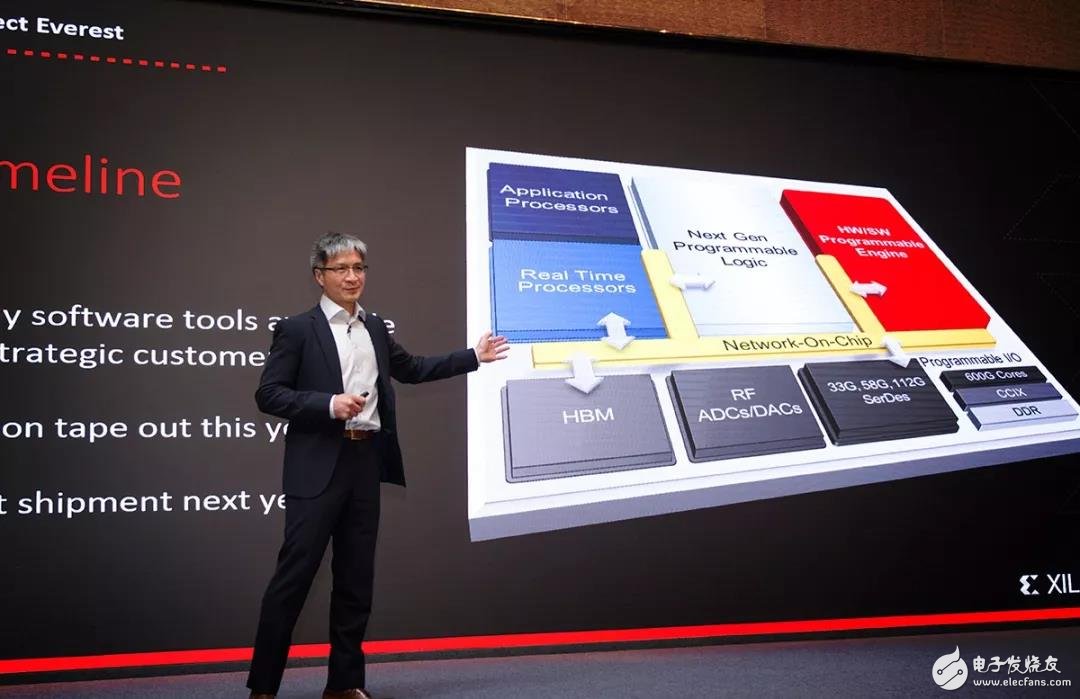
This is Xilinsi's $1 billion, 1,500-year-old employee's effort to build, with the highest level of 50 billion transistors!
“ACAP will become a new mainstream product type in the future. Our company is the first company to introduce products such as ACAP. We believe that in the future, this kind of more flexible platform that can adapt to workloads will become a mainstream platform. , and CPU, GPU will become a very basic future world build platform. "He said firmly. "The introduction of ACAP is not only a major technological disruption to the industry, but also the most outstanding engineering achievement since we invented the FPGA. This revolutionary new architecture is part of Xilinx's broader market strategy and will help companies Going beyond FPGAs and breaking through the limitations of 'supporting only hardware developers', the application of ACAP products in data centers and our wide range of markets will accelerate the widespread adoption of adaptive computing technology, allowing intelligence, interconnection, The adaptive world came true sooner."
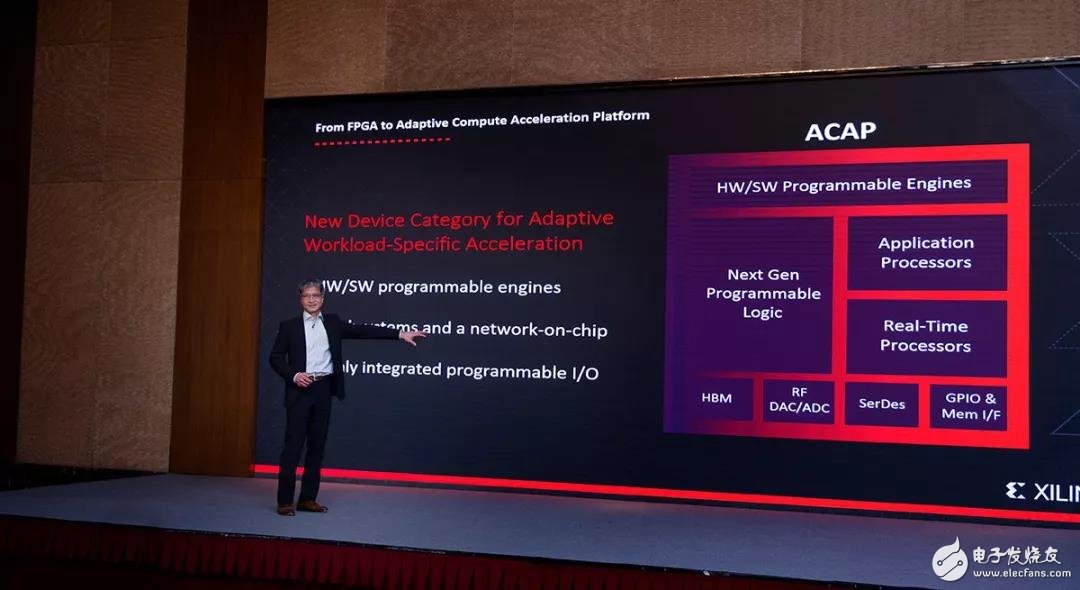
50 billion transistors! ACAP technical details
The core of ACAP is a new generation FPGA architecture that combines distributed memory and hardware-programmable DSP blocks, a multi-core SoC, and one or more software-programmable and hardware-adaptive computational engines all through the on-chip network. (NoC) to achieve interconnection. ACAP also has highly-integrated programmable I/O features, ranging from integrated hardware-programmable memory controllers to advanced SerDes transceiver technology, leading-edge RF-ADCs/DACs, and integrated high-bandwidth, depending on the device part number. Memory (HBM).
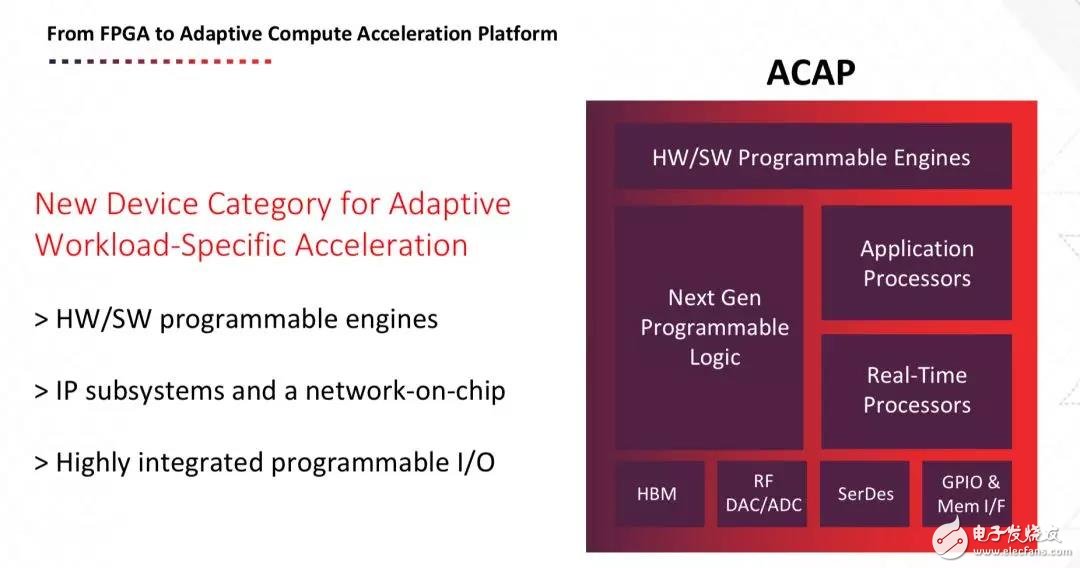
Victor said that software developers will be able to apply ACAP systems using software tools such as C/C++, OpenCL, and Python. At the same time, ACAP can still use FPGA tools to program from the RTL level.
According to reports, after four years of research and development, ACAP has accumulated more than US$1 billion in R&D investment and 50 billion transistors per chip! Xilinx currently has more than 1,500 hardware and software engineers involved in the design of "ACAP and Everest." At present, software tools have been delivered to major customers. The first "Everest" product will be taped out in 2018 and delivered to customers in 2019.
Compared to today's latest 16-nm Virtex® VU9P FPGAs, “Everest†promises to increase the performance of deep neural networks by 20 times! The "Everest" based 5G remote radio head can increase bandwidth by a factor of 4 compared to the latest 16nm radio. By then, significant improvements in performance and power efficiency can be achieved across a wide range of market segments including automotive, industrial, scientific and medical, aerospace, test, measurement and simulation, audio and video and broadcast, and consumer applications. Electronic product market. He said that Xilinx will release more ACAP platform details in the coming months. For more information, please visit www.xilinx.com.
Xilinx Three VisionsVictor Peng joined Xilinx in 2008. Prior to joining Xilinx, Peng served as vice president of chip engineering for AMD Graphics Products Group (GPG). He was the main leader of AMD's core chip engineering team responsible for graphics and game consoles. Products, CPU chips, and consumer business units provide support. He has experience in CPU, GPU and FPGA, and he can deeply understand the future development of processor technology.
He stated that his vision for governance is to bring new developments, new technologies, and new directions to Xilinx and create a "adaptive, intelligent world." In this world, Xilinx will exceed the limitations of FPGAs and introduce a new series of highly-flexible and adaptive processor and platform products to support rapid innovations for users from end to end to cloud to a variety of different technologies. "In the past, we have no competitors in the field of FPGA. Now we have entered a more advanced processor area. The competitors may be from the CPU or may be from the GPU, which is a higher level of competition." He said. This means that Intel, Nvidia and other companies will become Xilinx's future competitors.
To adapt to this kind of competition, he proposed three strategies for Xilinx in the future:
I. "Data Center Accelerated Leadership"He pointed out that Xilinx is strengthening its collaboration with key data center customers, ecosystem partners, and software application developers to further accelerate innovation and deployment in areas such as accelerated computing, storage for computing, and network acceleration. The data center is a fast-growing technology area. With this as its focus, customers can quickly benefit from the advanced performance and unit power performance advantages Xilinx technology brings to various applications, including artificial intelligence (AI). ) Inference, video and image processing, genomics, and other applications.
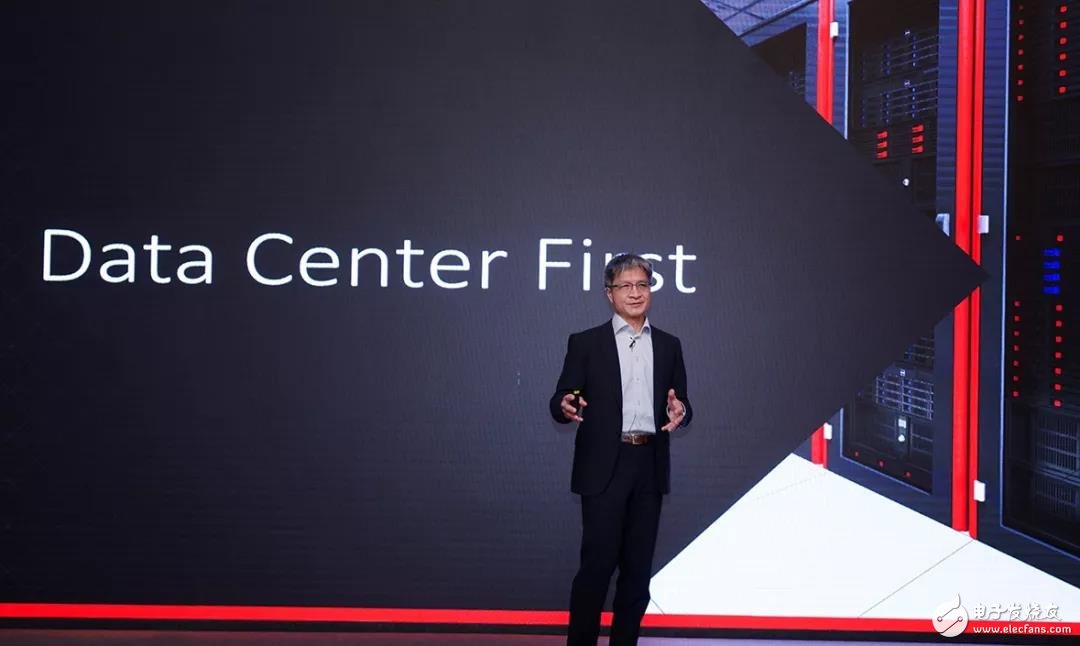
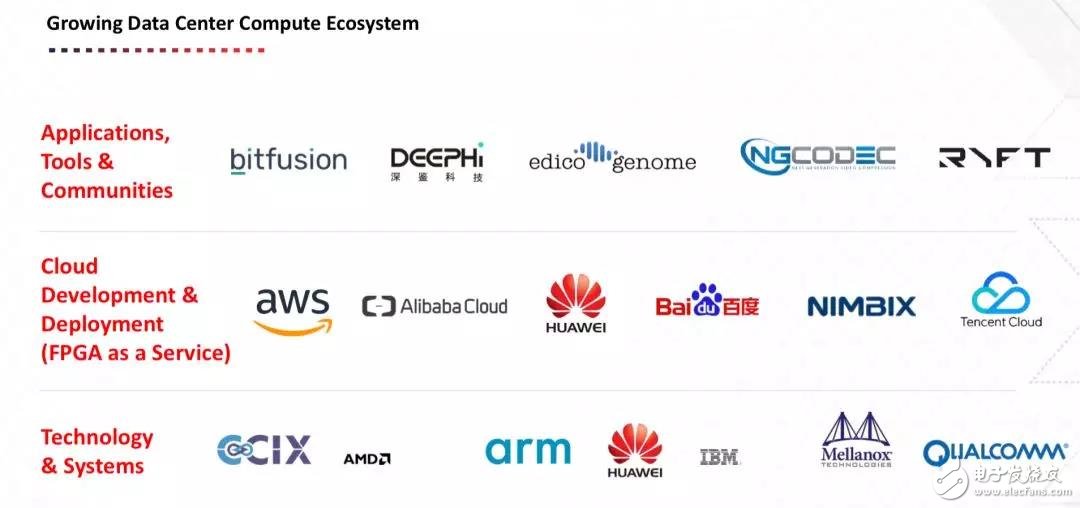
In these mainstream markets, Xilinx has been a leader in key technologies and has a deep market foundation. These markets include eight market segments: automotive, wireless infrastructure, wired communications, audio, video and broadcast, aerospace, industrial, scientific and medical, testing, measurement and simulation, and consumer electronics. These mainstream markets and customers are still the core of Xilinx, and the company will continue to actively promote innovation in these areas.
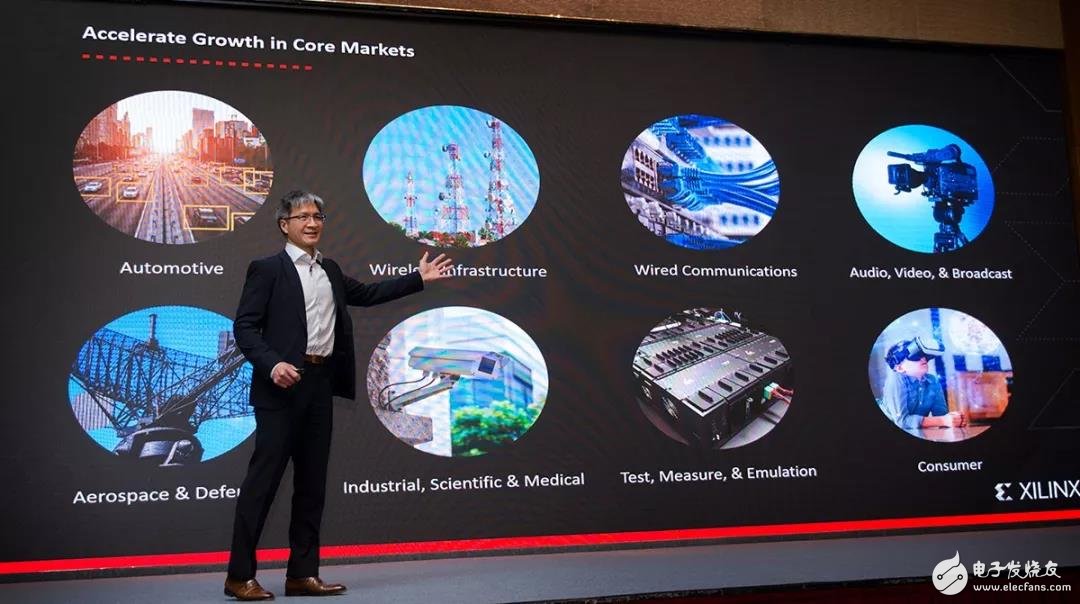

Victor pointed out that future processor platforms can flexibly handle load requirements and adapt to various computing needs. ACAP is a highly integrated multi-core heterogeneous computing platform that can change and change from the hardware layer for various applications and workloads. ACAP's self-adaptation capability enables dynamic adjustments in milliseconds during operation to achieve performance levels and unit power performance that CPUs and GPUs cannot match.

Peng pointed out: “Although FPGA and Zynq® SoC technology are still at the core of our business, Xilinx will no longer be just an FPGA company. FPGA technology is our tradition, and we have developed on this basis for many years, including The SoC has been fully integrated on the programmable chip, 3D ICs have been developed, a software development framework has been built, and a partner ecosystem has been created to provide the industry with a unique product. The invention of ACAP means that we have promoted these innovations. At a new height, we will create more value for the data center and our mainstream market in the current and future."
Since Intel’s $16.7 billion acquisition of Altera, the second largest FPGA vendor in 2015, Xilinx has continued to outperform itself, transforming traditional FPGAs from a process-driven perspective. Now that the popularity of artificial intelligence technology and the trend toward smarter technologies are becoming increasingly apparent, the next generation of adaptive The accelerating platform ACAP also came into being. Hopefully ACAP will bring more disruptive products. After all, its hardware and software programmable adaptive calculation engine and next-generation programmable logic unit are very new technologies that can adapt to flexible and varied processing requirements.
Optical time-domain reflectometer (English name: optical time-domain reflectometer, OTDR) is an instrument that understands the uniformity, defect, fracture, and coupling of the optical fiber through the analysis of the measurement curve. It is made according to the principle of light backscattering and Fresnel reverse. It uses the backscattered light generated when light propagates in the optical fiber to obtain attenuation information. It can be used to measure optical fiber attenuation, connector loss, fiber fault location and understanding The loss distribution of the optical fiber along the length, etc., is an indispensable tool in the construction, maintenance and monitoring of the optical cable.
The optical time domain reflectometer will inject a series of optical bursts into the optical fiber for inspection. The method of inspection is to receive the optical signal from the same side of the incident wave, because the incident signal will be scattered and reflected back when it encounters a medium with a different refractive index. The intensity of the reflected light signal will be measured and is a function of time, so it can be converted into the length of the optical fiber.
The optical time domain reflectometer can be used to measure the length and attenuation of the optical fiber, including the fusion splice and transition of the optical fiber. It can also be used to measure the interruption point when the fiber is broken.
Optical Equipment,Otdr Tester,Otdr Instrument Tester,Cable Tester Power Meter
Shenzhen Scodeno Technology Co.,Ltd , https://www.scodenonet.com